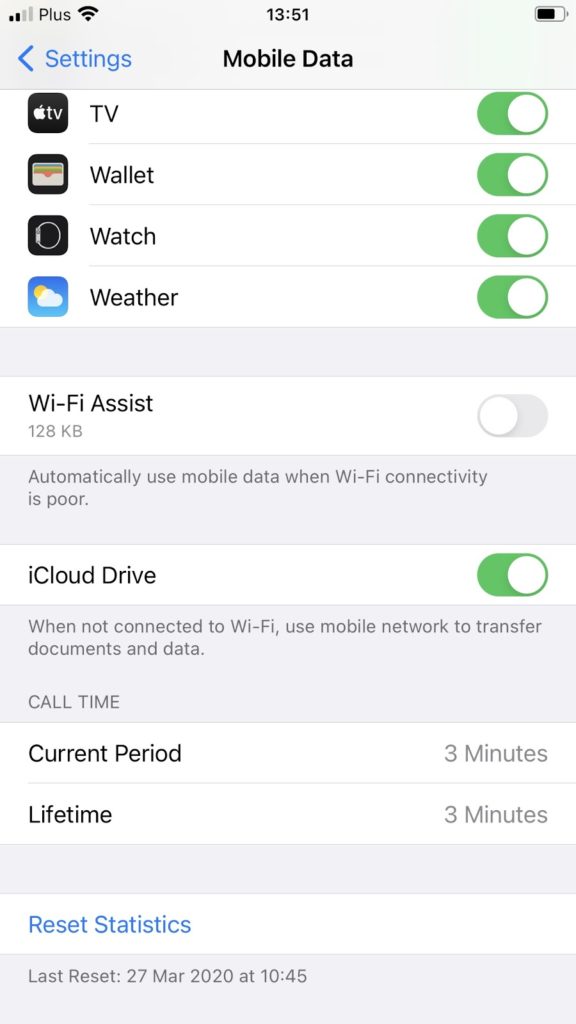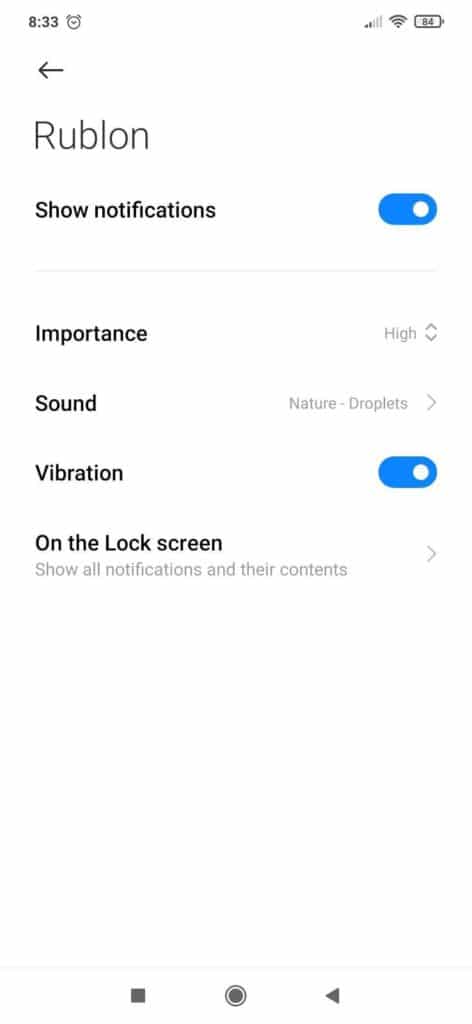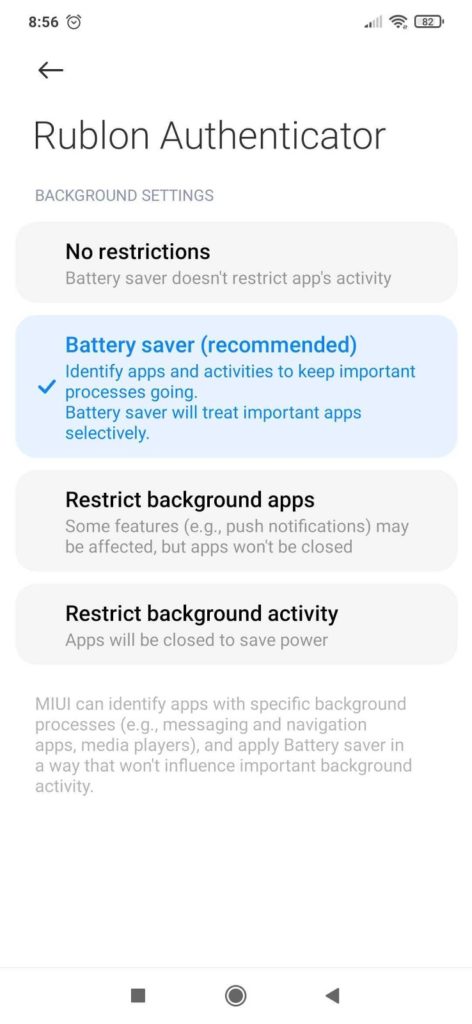Last updated on March 26, 2024
Overview
Mobile Push might be the best and most comfortable authentication method there is. However, sometimes users encounter problems with receiving push notifications. Most problems are not connected to Rublon but caused by the settings of the phone. In this guide, we have collected a set of most common notification problems with instructions on how to solve them.
If turning your Wi-Fi connection off and turning it on again did not fix your issue, consider one of the following, depending on your mobile operating system:
iOS
Refer to the following possible causes of not receiving push notifications on iOS.
Pull to Fetch a Mobile Push Request
If you expected to receive a Mobile Push notification but have not received one, you can use Pull to Fetch to manually fetch the notification. When on the Accounts view, swipe down from the top to fetch all notifications. Read more about Pull to Fetch.
Notifications not enabled
Check if notifications are enabled for your Rublon Authenticator.
1. Go to Settings → Notifications.
2. Find Rublon Authenticator in the list of apps and tap Rublon Authenticator.
3. Ensure that Allow Notifications is enabled.

If you need more information on this topic, refer to Use notifications on your iPhone, iPad, and iPod touch.
Too Many Apps With Enabled Notifications
If there are too many apps with push notifications turned on, iOS may be secretly selective to which apps will be actively receiving the push notifications. Try turning off push notifications for apps that you do not use regularly.
1. Go to Settings → Notifications.
2. Find an application you do not use regularly and tap its name.
3. Disable Allow Notifications.
4. Repeat for all push notifications for apps that you do not use regularly.
Battery Saver or Do Not Disturb enabled
Battery Saver and Do Not Disturb might cause notification problems.
- If your battery is low and Battery Saver is on, you might receive notifications with a huge delay or not receive notifications at all.
1. Go to Settings → Battery → Low Power Mode.
2. Ensure Battery Saver is turned off. - If Do Not Disturb is on, notifications silently appear in the Notification Center but are not displayed on the screen.
1. Go to Settings → Do Not Disturb.
2. Ensure the Do Not Disturb mode is off.
Phone not connected to the APNs
Apple Push Notification Service (APNs) is a service that delivers notifications to Apple devices. Therefore, it is important that your device is connected to a stable Internet connection with access to APNs. If your device is connected to a private Wi-Fi or Ethernet network, ensure that your firewall does not block the following ports used by APNs:
- TCP 5223 (to communicate with APNs)
- TCP 443 (to send notifications to APNs)
- TCP 2197 (to send notifications to APNs)
APNs servers use load balancing. As a result, mobile devices do not always connect to the same public IP address for notifications. We recommend you allow your device to access the preceding ports on the entire 17.0.0.0/8 address block, which is assigned to Apple.
If you cannot allow access to the preceding ports on the entire 17.0.0.0/8 address block, you can alternatively open access to the following network ranges on IPv4 or IPv6:
IPv4:
- 17.249.0.0/16
- 17.252.0.0/16
- 17.57.144.0/22
- 17.188.128.0/18
- 17.188.20.0/23
IPv6:
- 2620:149:a44::/48
- 2403:300:a42::/48
- 2403:300:a51::/48
- 2a01:b740:a42::/48
VPN and Wi-Fi Assist enabled
VPN and Wi-Fi Assist might cause notification problems.
- If you are still not getting notifications and your phone is using a VPN connection:
1. Go to Settings → VPN.
2. Disable your VPN.
- We recommend you disable Wi-Fi Assist. Wi-Fi Assist is designed to support a weak Wi-Fi connection by using Cellular data. To disable Wi-Fi Assist:
1. Go to Settings → Cellular or Settings → Mobile Data.
2. Scroll down and tap the slider for Wi-Fi Assist to turn it off.

Android
Refer to the following possible causes of not receiving push notifications on Android.
Pull to Fetch a Mobile Push Request
If you expected to receive a Mobile Push notification but have not received one, you can use Pull to Fetch to manually fetch the notification. When on the Accounts view, swipe down from the top to fetch all notifications. Read more about Pull to Fetch.
Notifications not enabled
Check if notifications are enabled for your Rublon Authenticator.
1. Go to Settings → Notifications.
2. Find Rublon Authenticator in the list of apps and tap Rublon Authenticator.
3. Ensure that Show notifications is enabled.

Refer to the following picture for a recommended configuration of Rublon Authenticator.

Battery Saver enabled
If you are facing problems with notifications when:
- Rublon Authenticator is turned off.
- Rublon Authenticator is running in the background.
- Your phone is locked.
Then:
1. Go to Settings → Battery & Performance → App battery saver.
2. Find Rublon Authenticator in the list of apps and tap Rublon Authenticator.
3. Turn off Battery Saver.

Phone is not connected to FCM
Android uses Google’s Firebase Cloud Messaging (FCM) to handle notifications. It is important that your device has a stable connection to the Internet and to the FCM service.
Ensure that the following ports are unblocked:
- TCP 5228
- TCP 5229
- TCP 5230
- TCP 443
In addition to that, open all of the following hostnames:
- mtalk.google.com
- mtalk4.google.com
- mtalk-staging.google.com
- mtalk-dev.google.com
- alt1-mtalk.google.com
- alt2-mtalk.google.com
- alt3-mtalk.google.com
- alt4-mtalk.google.com
- alt5-mtalk.google.com
- alt6-mtalk.google.com
- alt7-mtalk.google.com
- alt8-mtalk.google.com
- android.clients.google.com
- device-provisioning.googleapis.com
Troubleshooting
If you tried all the preceding solutions and still experience issues with your push notifications, try to:
- Restart your phone.
- Clear your Rublon Authenticator app data and redo the registration process.
If none of the solutions worked, consider selecting an offline method of authentication (SMS Passcode or Mobile Passcode) as a temporary solution and contact your administrator to further troubleshoot the issue.